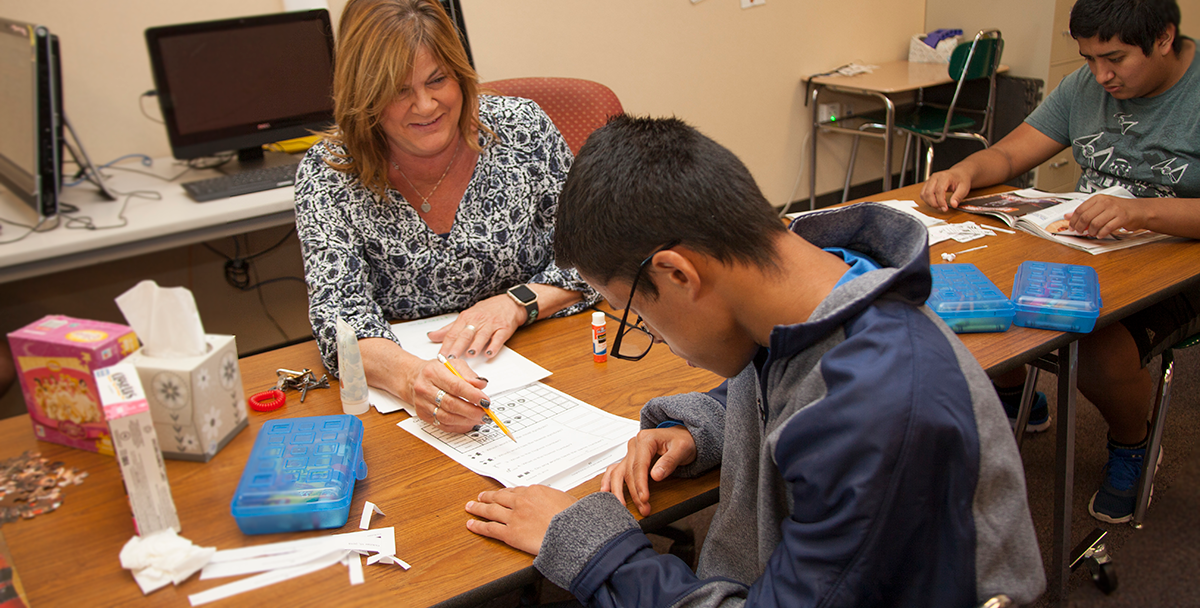There are a multitude of resources available for students here at Wilcox. IEPs and 504s are two student-focused education plans. An IEP, or Individualized Education Program, is a tool that many students use. IEPs have case managers, or a specific member of staff who oversees the creation and implementation of the IEP.
IEPs offer different accommodation options, as well as extra support such as co-teaching. 504 plans are similar in that they also offer extra accommodations, but they do not offer the same amount of support that the IEP does. 504 plans do not have a case manager overseeing them, but rather one or two members of staff overseeing all of them, in this case, Mr. Kolda.
These support plans came about with IDEA, or the Individuals with Disabilities Education Act. The IDEA was passed on November 29, 1975, by President Gerald Ford. It was originally called the Education for All Handicapped Children Act but later changed to IDEA.
According to the U.S. Department of Education, IDEA is a law that “makes available a free appropriate public education to eligible children with disabilities throughout the nation and ensures special education and related services to those children.” This act allows students with disabilities to have access to special education services and accommodations, such as the IEPs or 504s.
The term “disabilities” refers to quite a few things. Disabilities can be behavioral, emotional, sensory impaired disorders, physical, or developmental, among others. Some common disabilities that students may have that could impact their learning are ASD, ADHD, being wheelchair-bound, or anxiety, as well as other, lesser-known ones. Many of these conditions are called “invisible disorders,” as they may not be externally apparent, although they can be as if not more significant than visible conditions. These resources are essential for people with invisible disabilities, as they can still be given the support that they need.
There are quite a few resources available to students with disabilities here at Wilcox in addition to IEPs and 504s. Michael Baumgartner, Head of the Special Education Department at Wilcox, says that the department, “Aims to give every student an equal education opportunity.” Through programs such as co-teaching classrooms and Lifeskills, the Special Education Department ensures that every student here at Wilcox is able to succeed in their education and be prepared for life after graduation.
Co-teaching classrooms are classrooms with a mix of gen-ed (general education), and sp-ed (special education) students. They allow students with special needs to socialize and be a part of the Wilcox community instead of being isolated. Co-taught classrooms have two teachers, one gen-ed and one sp-ed teacher, who allow both students with and without disabilities to learn alongside one another and make friendships. One example of these co-taught classrooms is Unified PE.
Unified PE is a program at Wilcox that allows students with disabilities to participate in a Physical Education class with students without disabilities to empower all students. Unified PE also includes involvement in the Special Olympics and other related activities/field trips.
The Lifeskills program allows students to learn valuable skills and apply them in the real world. As a part of Lifeskills, students get to go out into the community and demonstrate their knowledge of different life skills, such as how to clean or take care of plants.
The Special Education Department at Wilcox works hard to ensure that all students get an equal opportunity for education. The department has over 17 teachers and even more teacher aides who work every day to make sure students are receiving a proper education. From IEPs to 504s to co-taught classes, there are tons of resources for differently abled students. And the Special Education Department is pushing yet for more co-ed classes and support for students to learn and grow during their time here at Wilcox.







